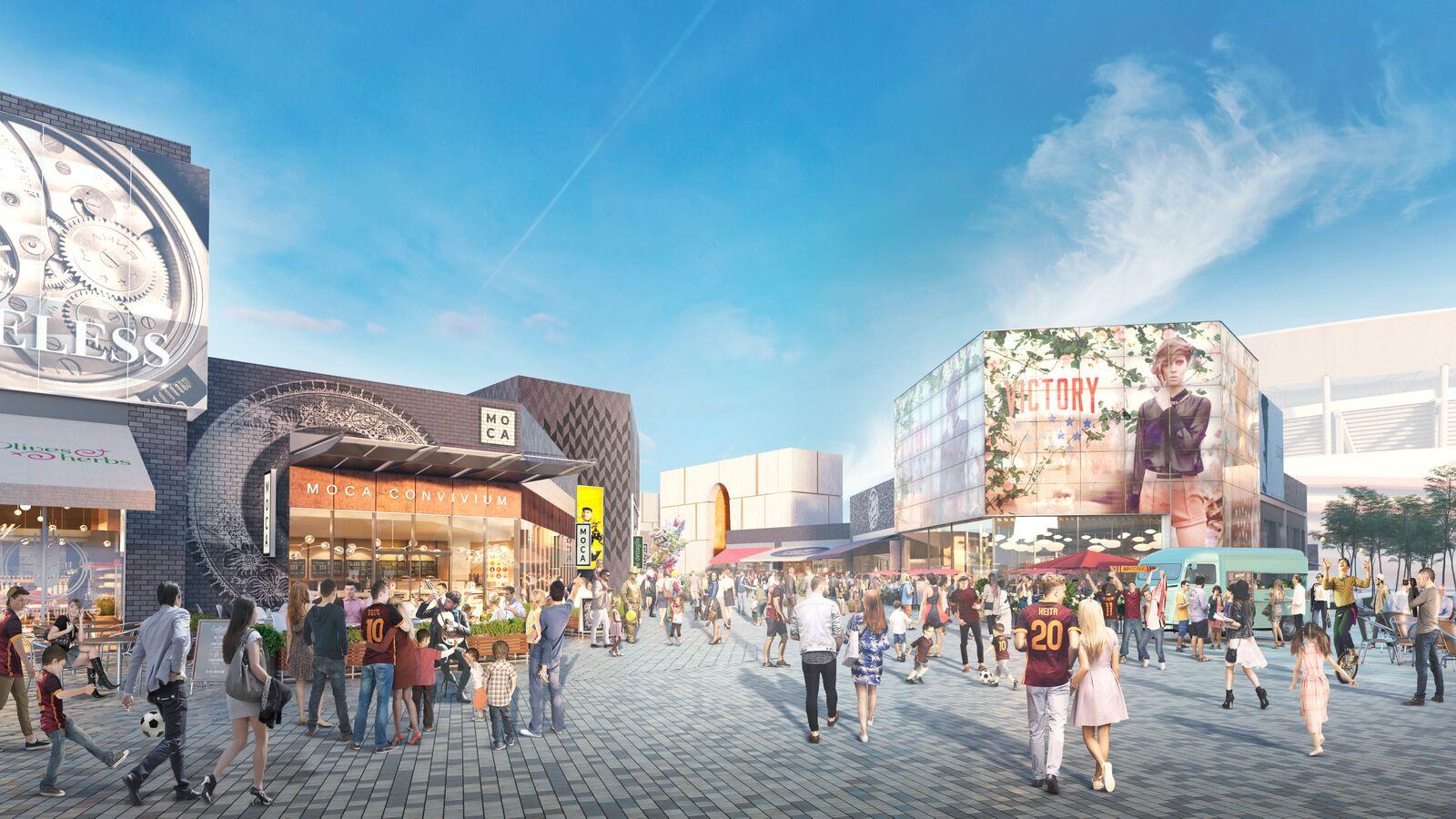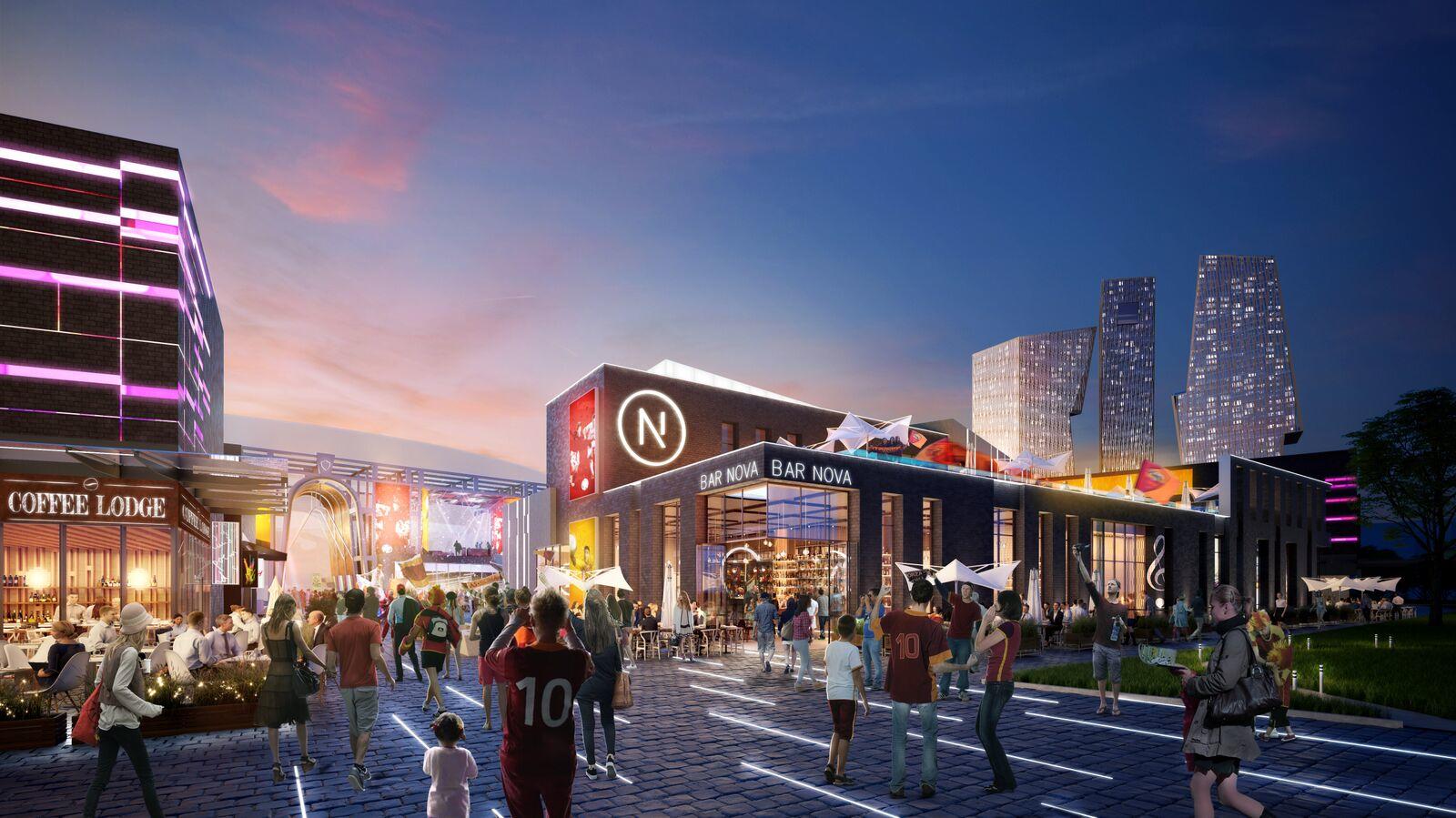Meet FORREC’s lead creative designer, James Anderson. FORREC is of the edgiest Canadian companies in 2018 – they’re an entertainment design agency whose work can be seen in LEGOLAND Japan, Universal Studios, and Wanda Movie Park in China. But most of their work is actually done locally, out of their office in Liberty Village, Toronto.
Recently, they’re started utilizing VR as a key design tool to bring their project to life like never before, not just for designers, but to showcase a vision to clients as well. You might think that futuristic tech trend is reserved for gaming, but FORREC is using it as a truly out-of-the-box approach that appears to be where the future of design is heading.

FORREC is most known for their work with theme parks, such as LEGOLAND Japan and Universal Studios. Amusement parks always help bring out the inner child in everyone. How does using VR help add to that experience, and help invoke imagination in the minds of adults?
At FORREC, we’re always striving to push imagination and storytelling boundaries. That’s why the use of VR in the entertainment design space is so exciting to us. Currently, we primarily leverage VR as a design tool, allowing us to visualize each project and get a clear and immediate sense of scale and the experience – something that’s not easily accomplished with drawings or digital renderings. For our clients, VR immediately brings to life the project in ways they may not have imagined possible without needing to be in the physical space.
What are the biggest ways in which VR is changing the entertainment industry, and in your eyes what industries does it have the potential to change that hasn’t been taken advantage of yet?
The biggest way in which VR is changing the entertainment industry is the ability to completely visualize a project before it gets built – it’s game-changing. There’s no margin for error or unexpected surprises when you get on-site. But VR lets you test theories and make adjustments before you get too far down the path in the design process. This also makes it a very cost-effective approach to designing large-scale theme parks and entertainment destinations.
There’s no doubt that VR is probably one of the hottest buzzwords of the year, and it’s because what was once primarily associated with gaming has become a huge opportunity for innovation across various industries – ranging from healthcare to retail to tech to design. I can see the use of VR for home retail outlets such as Ikea or Home Depot. We’re now starting to see retail stores use VR as a tool for testing colours and furniture layouts so their customers understand what they are purchasing. In the future – once these VR tools become even more pervasive – it could easily empower every one of us to become our own home designer.
Can you tell us about the project called Stadio Della Roma that you’re working on in Rome? The sports world is definitely one that has a ton of VR capabilities – how will Stadio Della Roma change the future of sports, and how did you come up with that idea?
Stadio Della Roma is a new stadium and entertainment district that is being developed in Rome, Italy. As the design lead for the project, FORREC is drawing on Rome’s history to put entertainment at the heart of a premier sports complex, which will include a Hall of Fame. The project centres around the need to transform sports arenas into multi-faced entertainment destinations, in order to optimize their socio-economic impact. It’s slated to include elements inspired by the city’s past and its potential future, including a vibrant blend of piazzas, restaurants, retail, entertainment and bustling markets. VR was used to help visualize the entire experience of being in Stadio Della Roma for the client and it’s also a being used as a promotional tool to highlight the project.
What’s the importance of VR for a designer and creator, coming from a creative’s viewpoint?
Three years ago, the team at FORREC started experimenting with VR as a presentation tool – only using it to show the final guest experience to our clients. Now we’ve really shifted its use and see VR as a key tool for our designers. It allows creative collaboration in ways we wouldn’t have imagined possible 10 – or even five – years ago. As the technology continues to evolve, I can only predict that VR knowledge will become a mandatory skill-set for all designers and creators.
What role does instant gratification have in all this? People want things at the spur of the moment that realistically takes years and lots of money to develop in a tangible, physical way, People always want higher, faster and loopier rides, and VR helps meet those needs. How is VR a way to manifest the most extravagant fantasies and what’s the importance of it?
VR gives us that instant, “aha” moment when it comes to designing mass entertainment properties. Immediately, you’re transported to the physical space and have a sense of your surroundings. From a design perspective, our clients don’t always fully realize what the end product is going to look like until they’re standing in the physical space – and that often makes it far too late to make any major adjustments. VR is a tangible way to visualize and push the boundaries of reality – making it possible to understand what it actually feels like to be in a physical environment.
What are you most excited about in VR in the entertainment industry, and ideally, what space does FORREC want to fill in the future?
What gets me excited is potential to be able to go from using VR as a design tool to using VR in real-time – seamlessly toggling from design plans to the VR world. As a leading, global entertainment design agency, FORREC wants to be ahead of the curve when it comes to VR so that we can continue to create best-in-class guest experiences around the world.


